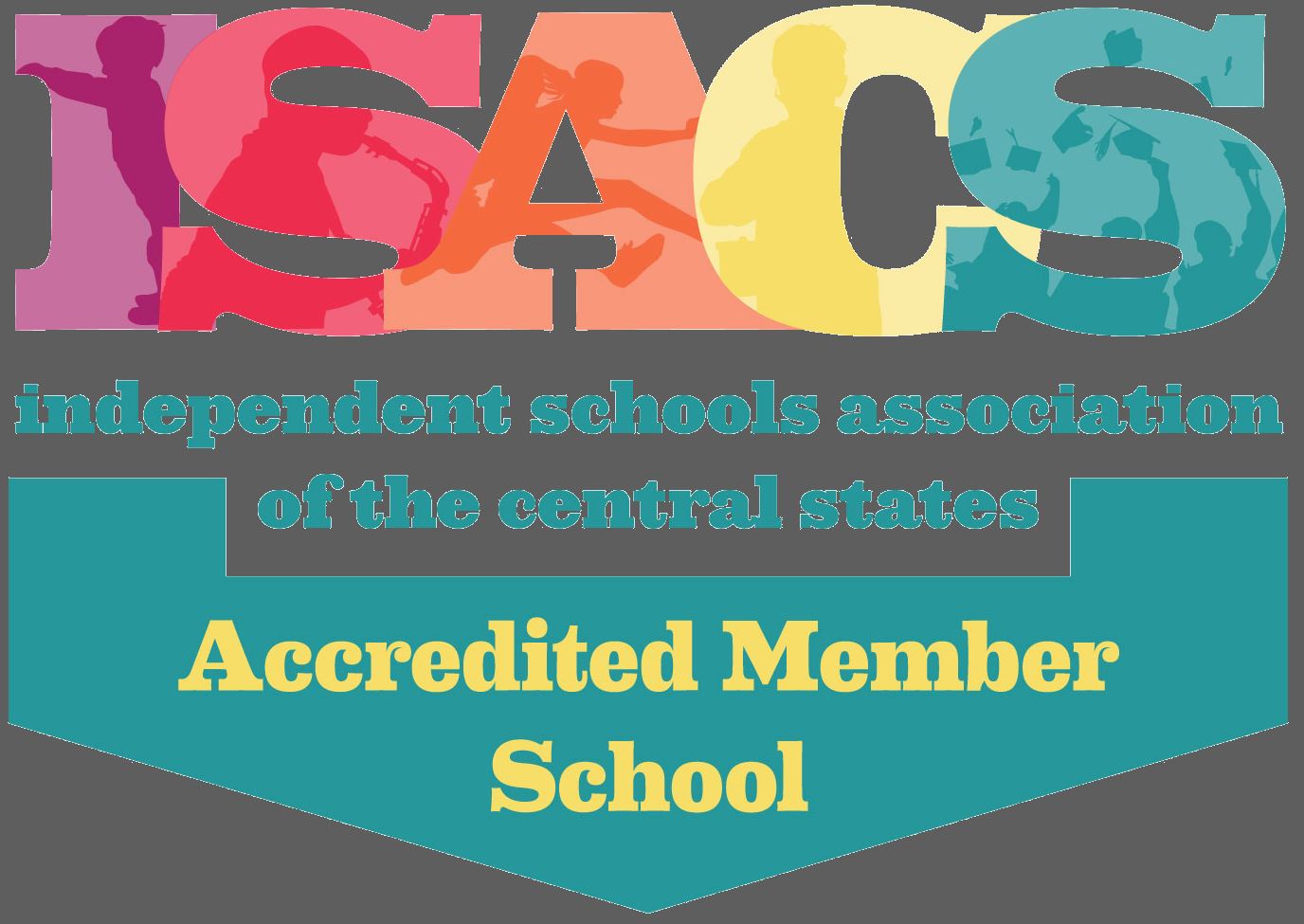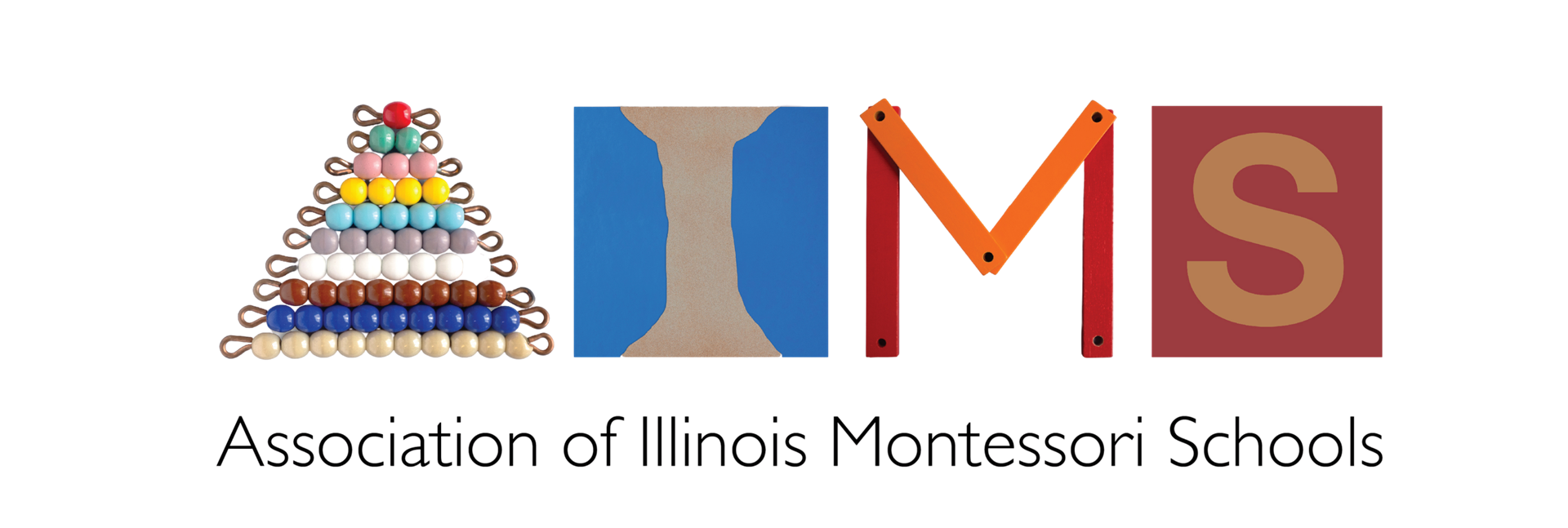Dear Maria: Adapting to Today's Students
Almost all public schools use buzzwords such as SEL (Social Emotional Learning) and differentiation. Whole curriculums are built around these ideas. In Rogers Park Montessori School Children’s House (ages 3-6) classrooms, independence is built into the foundation of our environments. For instance, a three-year-old student was cutting cubes of cheese, placing toothpicks in them, and then walking around offering pieces to their peers. Not only were they honing gross and fine motor skills, but also interacting with classmates, who were all practicing grace and courtesy. This lesson had been offered a couple of times at the beginning of the year, and while reminders can of course be given, this child was independent in their endeavor. This material, or “work,” is one of a large number that support such interactions with peers, as well as appeal to a variety of the senses.
As children begin to move through elementary school, it is assumed that they can in large part be responsible for themselves and their learning. In a 3-6 Montessori environment, this expectation is held for even the youngest of friends. While of course directresses model and give lessons, a great deal of emphasis is placed on allowing the child to learn to do it themselves. This begins with a child changing their own shoes, taking off their coat and hanging it up, and independently using the bathroom. As the child practices and succeeds, they are more motivated to try out new activities and materials. But, this spark comes from within the child, as they are learning for themselves and not for anyone else. This enthusiasm, curiosity, and resilience help form the child’s self-image which opens new pathways to learning; and this ultimately allows the children to take in so much more because they are not hindered by meeting their own basic needs.
In the Montessori environment, Social Emotional Learning helps students gain independence through understanding, manage their emotions, improve and maintain relationships and make responsible decisions. While most public schools have handbooks and communications spelled out for disciplinary situations, Montessorians take a different approach. Especially for the younger children, when a situation arises, children deal with the natural consequences. If a child is not using a work correctly, then they cannot use it because it is for the whole class. If a child climbs up the slide that is used to go down, then that student cannot use the slide because people are going to go down it. If a child takes another child’s work, then it will be unavailable for use that day for the child, given that it was not available to begin with. This process takes the adults out of the mix in that while they are facilitating a conversation, they are not actively disciplining the child. This was the child’s choice and this is the result. Natural consequences teach children cause/effect and place the responsibility on the child in a gentle yet concrete manner. Children need to be given opportunities to make their own choices, both good and bad, so that they can learn and internalize their actions, and the tools and teachings of Maria Montessori work hand-in-hand with today’s vision of independence, growth, and Social Emotional Learning.





